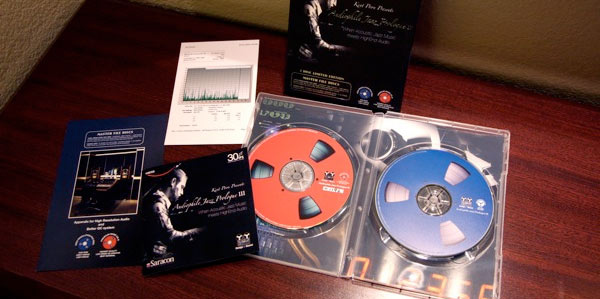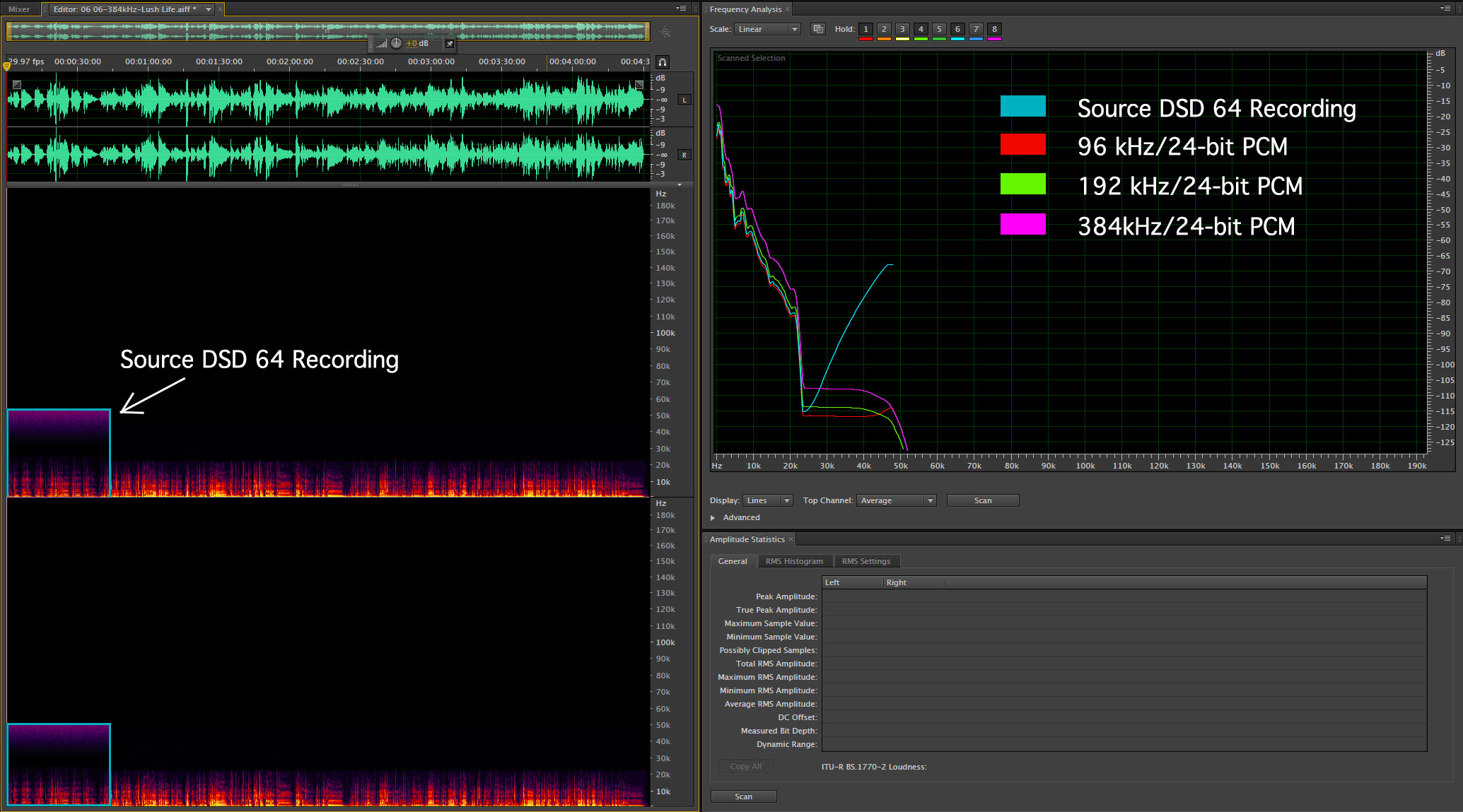A High Regard for Emptiness Part I
This whole business of High-Resolution Audio is already headed down the wrong road if you ask me. I’ve received a number of recent emails from folks that have downloaded “classic” tracks from other HD download services and reported that the experience left them wondering if the premium dollars that they spent were actually worth it. This comes as no surprise to me. I’ve done the same thing more than once. If you get nothing else from these daily posts…I hope you do remember that the only real high-resolution track is one that was created at the time of the original session using equipment that is capable of high-resolution recording. Cat Stevens’ “Tea for the Tillerman” is a particular favorite of mine but transferring it to a 192 kHz/24-bit PCM digital container isn’t going to give it additional dynamic range of frequency response. A 96 kHz/24-bit PCM transfer can capture every last bit of the original fidelity of the master tape that was used during the transfer.
So this morning after I checked my email, I bumped into an old music review on Computer Audiophile. Chris Connaker, the founder and operator of this very well respected site, wrote glowingly about Kent Poon and a disc (containing a CD-R and a DVD) that he received from Kent at the 2009 CES show…the “Audiophile Jazz Prologue III”. Kent’s company is Design w Sound, which is based in Hong Kong. He’s a very fine engineer and brings impeccable credentials to both engineering and producing high-end audio products.
I downloaded the sample files and did my usual analysis. The spectragraph reveals a great deal about the technology used and the production path that Kent used for this production. See figure 1 below:
Figure 1 – The spectra of an original DSD 64 recording and the conversions to “HD-Audio” PCM [Click to Enlarge]
Here’s an answer that Kent gave on his website to a question about which DXD system was used to record this track:
We have used the dCS for some of the DXD recording. We have also transfer some of our DSD master back to 24bit/384kHz for DXD. What we want is to provide all formats that our customer wants, but from our standpoint even the 24/96 can fully represent the resolution that audiophile dreams about. Above 24/96, it is about own taste and no actually winner when you compare 24/96, 192, 384 and DXD. They are represents the recording in slightly different way. It also relates to how each customer playback setup/equipment match for different results.
I agree with Kent that 96 kHz/24-bits is more than enough to capture ALL of the music that we need. The other part of his answer is disturbing, however. He seemingly transferred the original DSD 64 track to the rest of the sample rates (96, 192 & 384 kHz) so that he could “provide all formats that our customers(s) want”. But I have to ask what customer (at least an informed customer) wants to buy a file that contains absolutely no information above about 22 kHz? Do listeners or makers of DACs running at 384 kHz really believe that empty digital words are going to translate into better sound? This recording would sound just fine on a CD.
To Be Continued…


